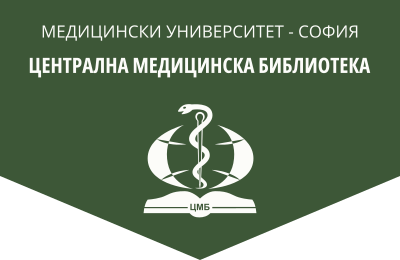The detailed physical examination as the basis of the diagnostic algorithm – what are we missing?
General Medicine, 2024, 26(2), 35-38.
A. Garev, N. Runev, A. Ivanov, V. Pencheva
Internal Medicine Propaedeutics Clinic, UMHAT „Alexandrovska“, Department of Propaedeutics of Internal Diseases, Faculty of Medicine, Medical University ‒ Sofia
Abstract. Occlusion of the subclavian artery (a. subclavia) as a result of atherosclerotic thrombosis is a rare condition leading to acute or chronic ischemia of the upper limb. It is often asymptomatic, which is why it remains clinically unrecognized in many cases. The treatment of this pathology is often multidisciplinary depending on the patient condition and accompanying diseases. Due to the pronounced health and economic aspect of the disease and the modern possibilities for its therapy, we present a clinical case of a 74-year-old female patient, who was admitted in the clinic due to presyncopal symptoms, accompanied by weakness and numbness of the right arm. The patient has several chronic known accompanying diseases (CHD – non-obstructive coronary disease, COPD, arterial hypertension, Cor Pulmonale), which have been unsystematically treated over the years. Of note, their symptoms largely overlapped with those of subclinical thrombosis of the right subclavian artery. Although the underestimation of satellite vascular pathology is a frequent omission in clinical practice, with this case we show that a broader internist view on the patient with a careful physical examination is particularly useful for timely diagnostic judgment and adequate subsequent vascular-surgical treatment.
Key words: atherosclerosis, subclavian artery occlusion, physical examination
Address for correspondence: Alexandar Garev, MD, e-mail: leksgarev@abv.bg
